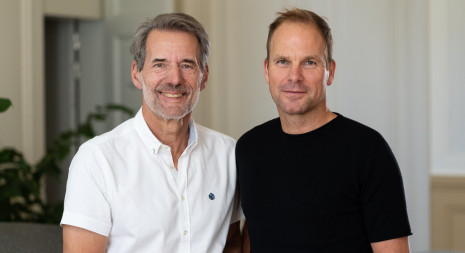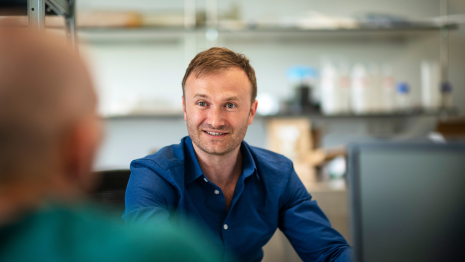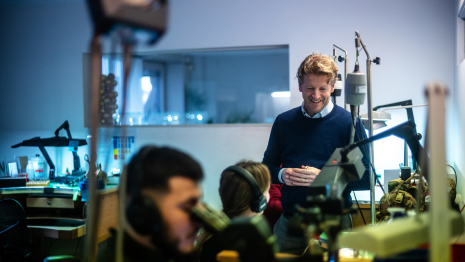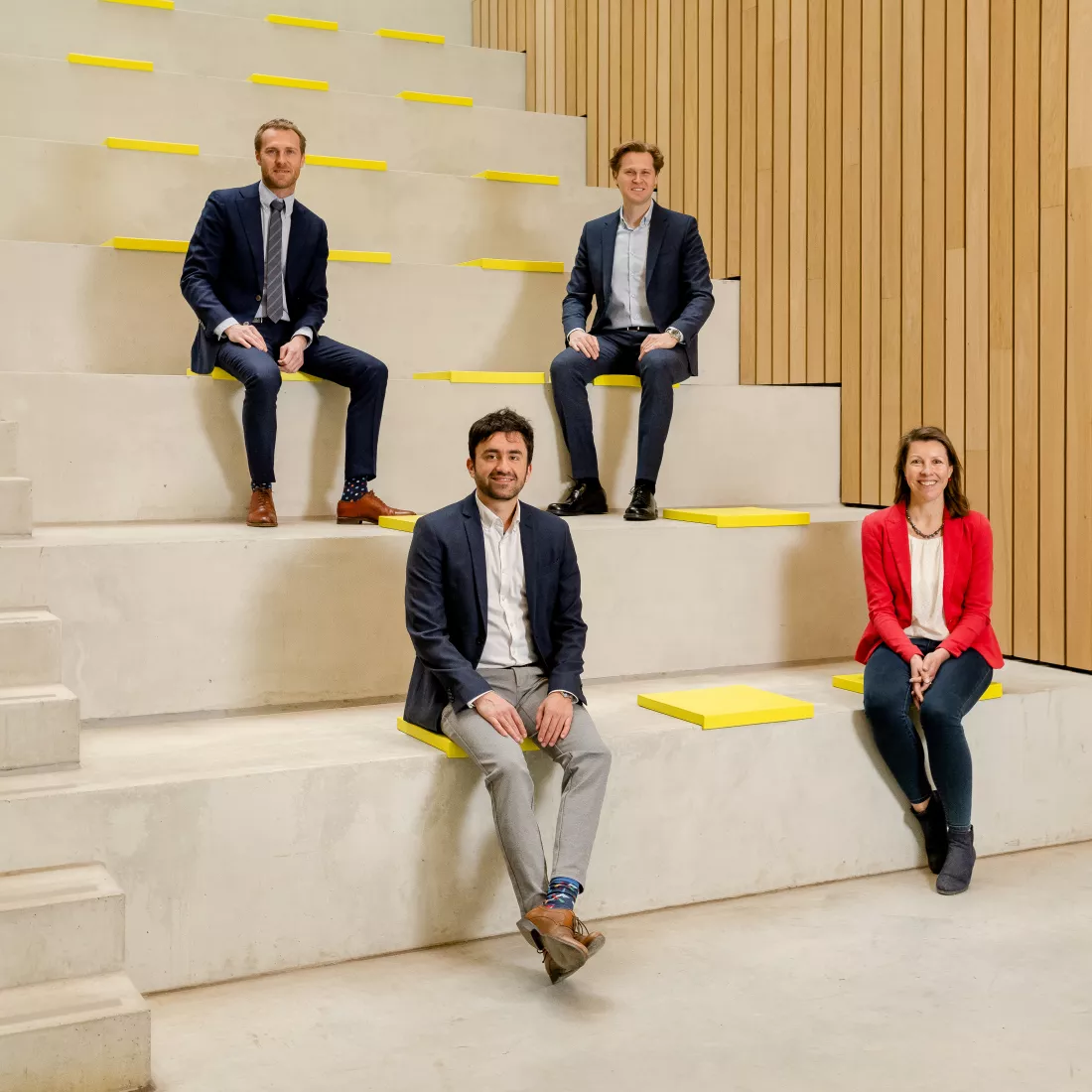D-CRBN
For us, CO2 is no longer a harmful waste. It is a fully-fledged raw material that offers many business opportunities.
© Gill Scheltjens | David Ziegler
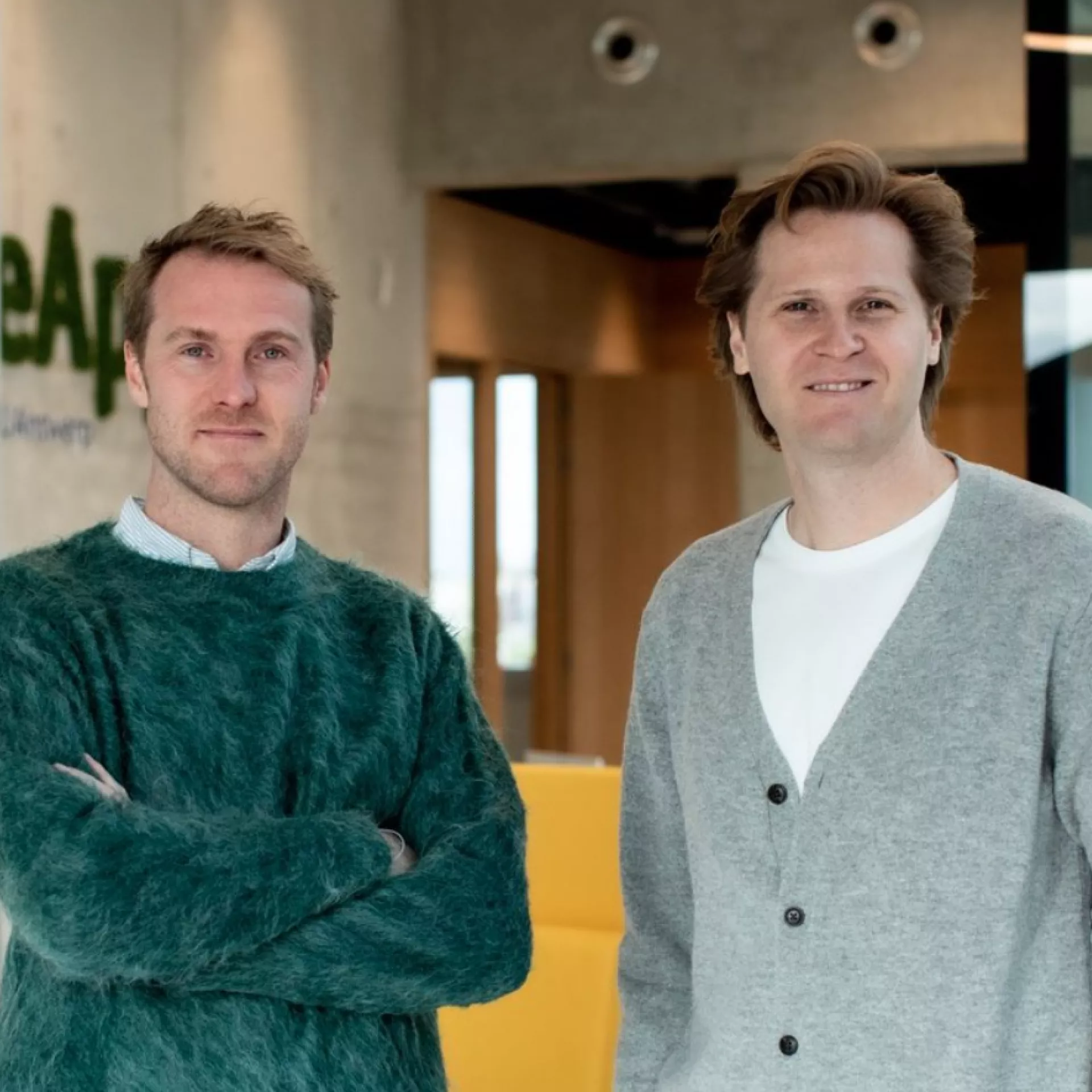
- Home
- Meet the Innovators
- D-CRBN
Splitting and recycling CO2 into valuable products
D-CRBN or Decarbon is a spin-off from the University of Antwerp, based at BlueChem. With this project, D-CRBN aims to scale up high-tech plasma reactors to split and recycle CO2 into valuable products like chemicals, polymers or e-fuels. Furthermore, D-CRBN wants to make this circular process more energy efficient. To achieve this, D-CRBN will work with Talenco to design and build a scaled-up prototype plasma reactor.
Turning waste into opportunity
Turning CO2 into high-quality products with plasma technology: how exactly does it work? CO2 is put under high voltage in a cylinder. This creates plasma, an electrically charged gas. The CO2 is split into oxygen and carbon monoxide (CO). The latter can be used to make new products for the chemical sector, such as fuels (e.g. methanol, e-fuels), chemicals (e.g. formic acid) and chemical raw materials (e.g. plastics).
"We are going one step further than CCS (Carbon Capture and Storage): we will not only store the CO2, we will actually use it. This 'carbon capture and utilisation' makes our technology unique. For us, CO2 is no longer a harmful waste, but a new, fully-fledged raw material with many business opportunities," explains Gill Scheltjens.
A major advantage of plasma reactors is that they can be turned on and off at the push of a button, just like a light switch. Most chemical processes cannot. "We can therefore run them when there is an abundance of renewable energy, such as from the sun or wind. This makes our recycling process more energy-efficient than most other methods of producing carbon dioxide," says Gill.
